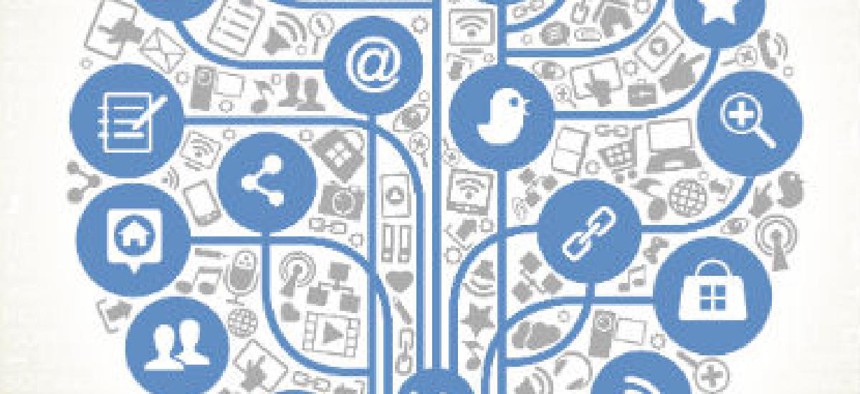Can social media make every civil servant an innovator?

Steve Kelman notes two examples where social media and big data are hinting at big wins for relatively little hassle.

(Image: Shutterstock)
Innovation, particularly in government, can be very hard. Lots of signoffs, lots of naysayers. For many, it's probably not worth the hassle.
Yet all sorts of examples are surfacing about ways civil servants, non-profits, startups and researchers have thought to use social media -- or data mining of government information -- to get information that can either help citizens directly or help agencies serve citizens. I want to call attention to examples that I've seen just in the past few weeks -- partly to recognize the creative people who have come up with these ideas, but partly to make a point about the relationship between these ideas and the general issue of innovation in government. I think that these social media and data-driven experiments are often a much simpler way for civil servants to innovate than many of the changes we typically think of under the heading "innovation in government." They open the possibility to make innovation in government an activity for the civil service masses.
One example that was reported in The New York Times was about a pilot project at the New York City Department of Health and Mental Hygiene to do rapid keyword searches with phrases such as "vomit" and "diarrhea" associated with 294,000 Yelp restaurant reviews in New York City. The city is using a software program developed at Columbia University. They have now expended the monitoring to occur daily, to get quick information on possible problems at specific restaurants or with specific kinds of food.
A second example, reported in BloombergBusinessWeek, involved -- perhaps not surprisingly, given the publication -- an Israeli startup called Treato that is applying a similar idea to ferretting out adverse drug reactions before they come in through FDA studies and other systems. The founders are cooperating with researchers at Harvard Medical School and FDA officials, among others. Their software looks through Twitter and Facebook, along with a large number of patient forum sites, to cull out from all the reports of illnesses the incidents that may well reflect an unusual presence of adverse drug reactions.
These examples are fascinating in themselves. But one thing that caught my eye about both is that each seems high on the creativity dimension and low on the need-to-overcome-bureaucracy dimension. Both ideas reflect new and improved ways to do what these organizations do anyway, which is gather information to help inform regulatory and health decisions by government. Neither requires any upheaval in an agency's existing culture, or steps on somebody's turf in any serious way. Introducing the changes doesn't require major changes in an agency's internal procedures. Compared to many innovations in government, these are easy ones to make happen. (They do all need some funds, however.)
What I hope is that the information woven into social media will unlock a new era of innovation inside government. The limits of innovation are much less determined by difficult-to-change bureaucratic processes and can be much more responsive to an individual civil servant's creativity.
Civil servants, particularly young ones, go forth!
PS: I was also interested to see, while recently in China for a few days, a lead story in China Daily about the Chinese Center for Disease Control and Prevention exploring using big data web searches for help on early detection of flu outbreak!
NEXT STORY: The Promise of a New Internet





